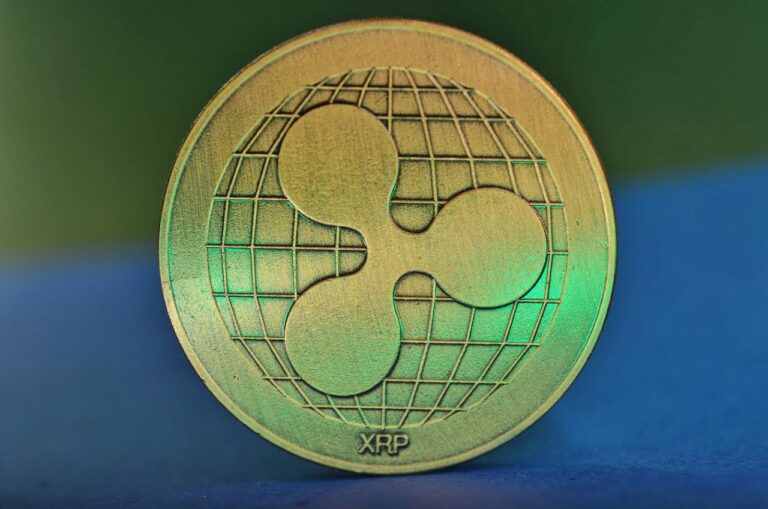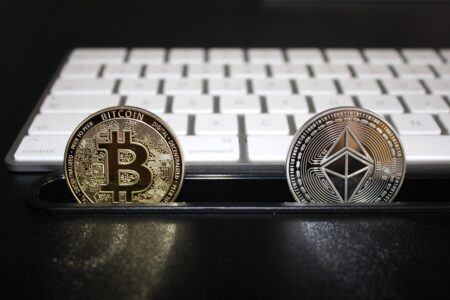The price of XRP is down by more than 3% over the last 24-hour period amid a wider cryptocurrency market correction that was seemingly triggered by hotter-than-expected inflation data in the U.S.
According to the BBC, in the 12 months ending in March prices in the United States rose 3.5%, up from 3.2% in February, with higher fuel, housing, dining out, and clothing costs driving the rise.
Equities markets, just as cryptocurrencies, entered a steep sell-off as soon as the data was revealed as the hotter-than-expected inflation data suggests that the Federal Reserve won’t cut interest rates until later in the year.
XRP is at the time of writing trading at $0.605 per token, with the price of the cryptocurrency recovering from an intraday low of $0.599 after the inflation data was published.
The drop, seemingly just a consequence of the wider sell-off, comes shortly after fnftech firm Ripple, a major player in the XRP space, announced its intention to unveil a stablecoin tethered 1:1 with the US dollar later this year. This forthcoming stablecoin will be underpinned by US dollar deposits, short-term US government treasuries, and similar cash equivalents, assured by monthly validations from an independent accounting firm.
Addressing a rising demand for dependable stablecoins, Ripple’s venture into this $150 billion market is forecasted to expand dramatically, potentially reaching over $2.8 trillion by 2028.
According to Ripple CEO Brad Garlinghouse, the stablecoin’s launch aligns with the firm’s broader mission of bridging conventional finance with the digital currency realm, with the stablecoin initially being accessible on both the XRP Ledger and Ethereum.
Notably some analysts are bullish on XRP, with popular pseudonymous trader CrediBULL recently sharing a price prediction suggesting XRP could surpass $10, and potentially reach $20 based on market cap equivalencies rather than speculation.
Investors gaining exposure through cryptocurrency investment products don’t appear to be as bullish, as XRP-focused products saw just $100,000 of inflows last week, compared to the wider $646 million of inflows seen in the wider space that brought ear-to-date inflows to their highest level ever at $13.8 billion.
Featured image via Pixabay.








